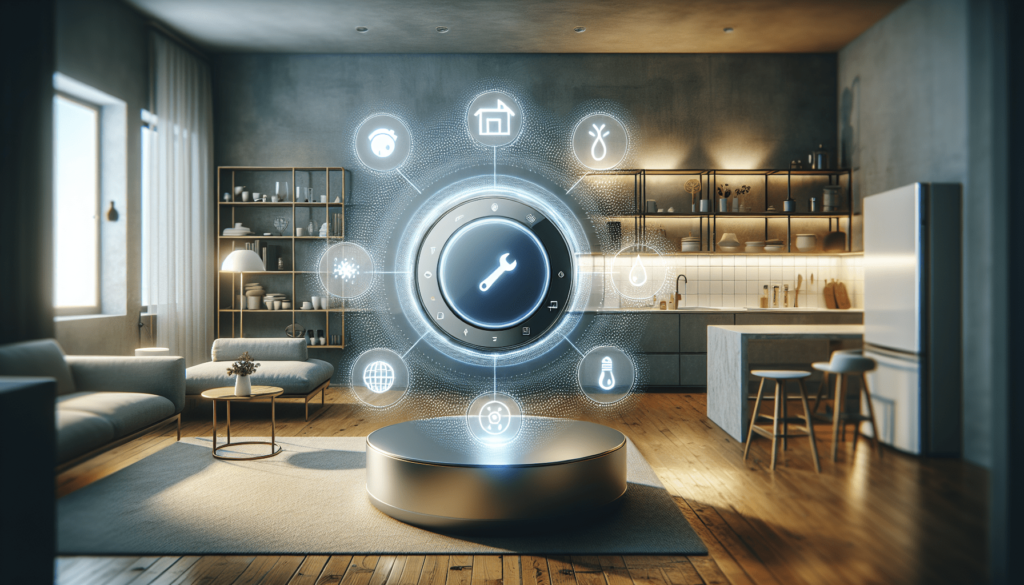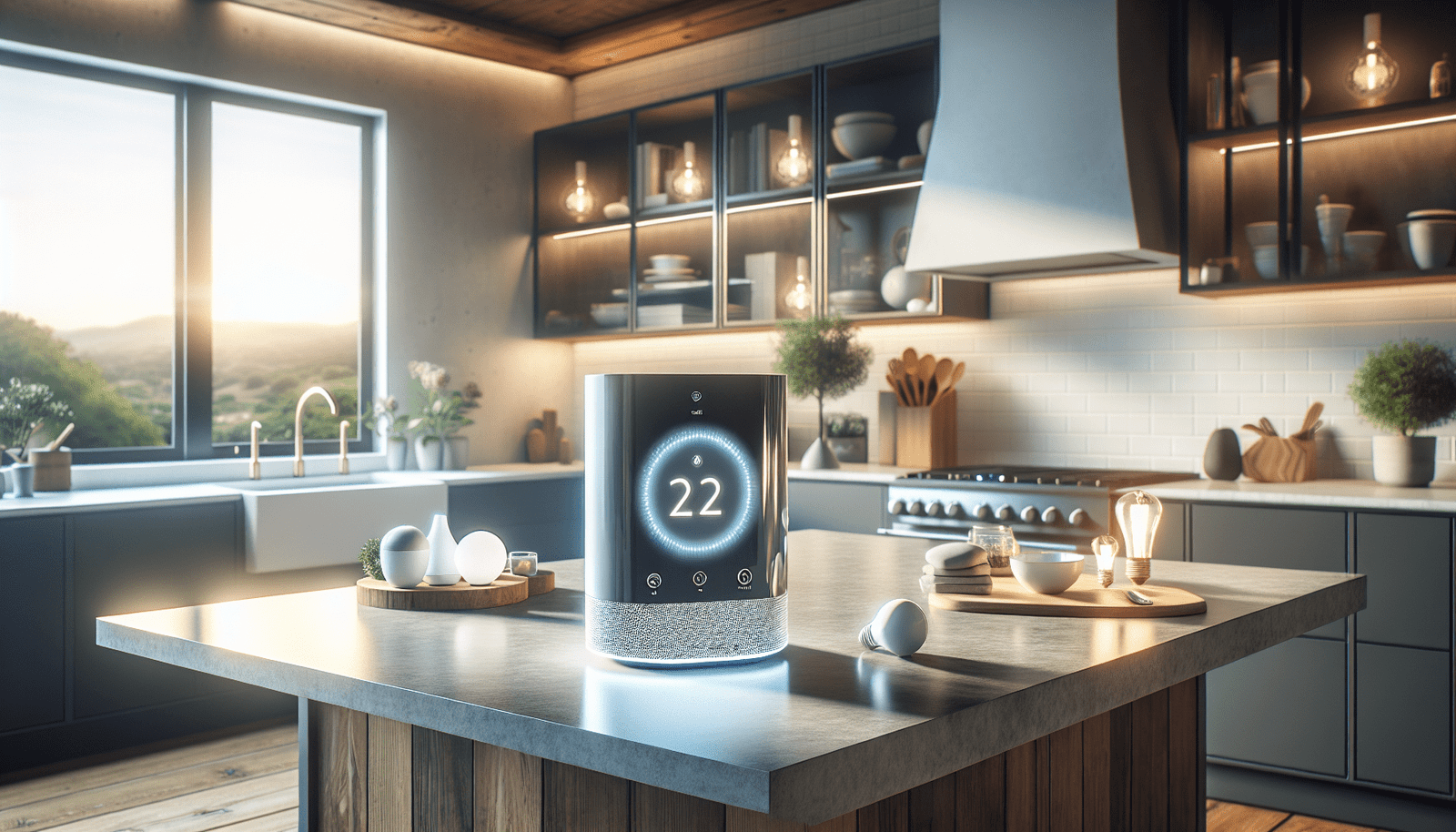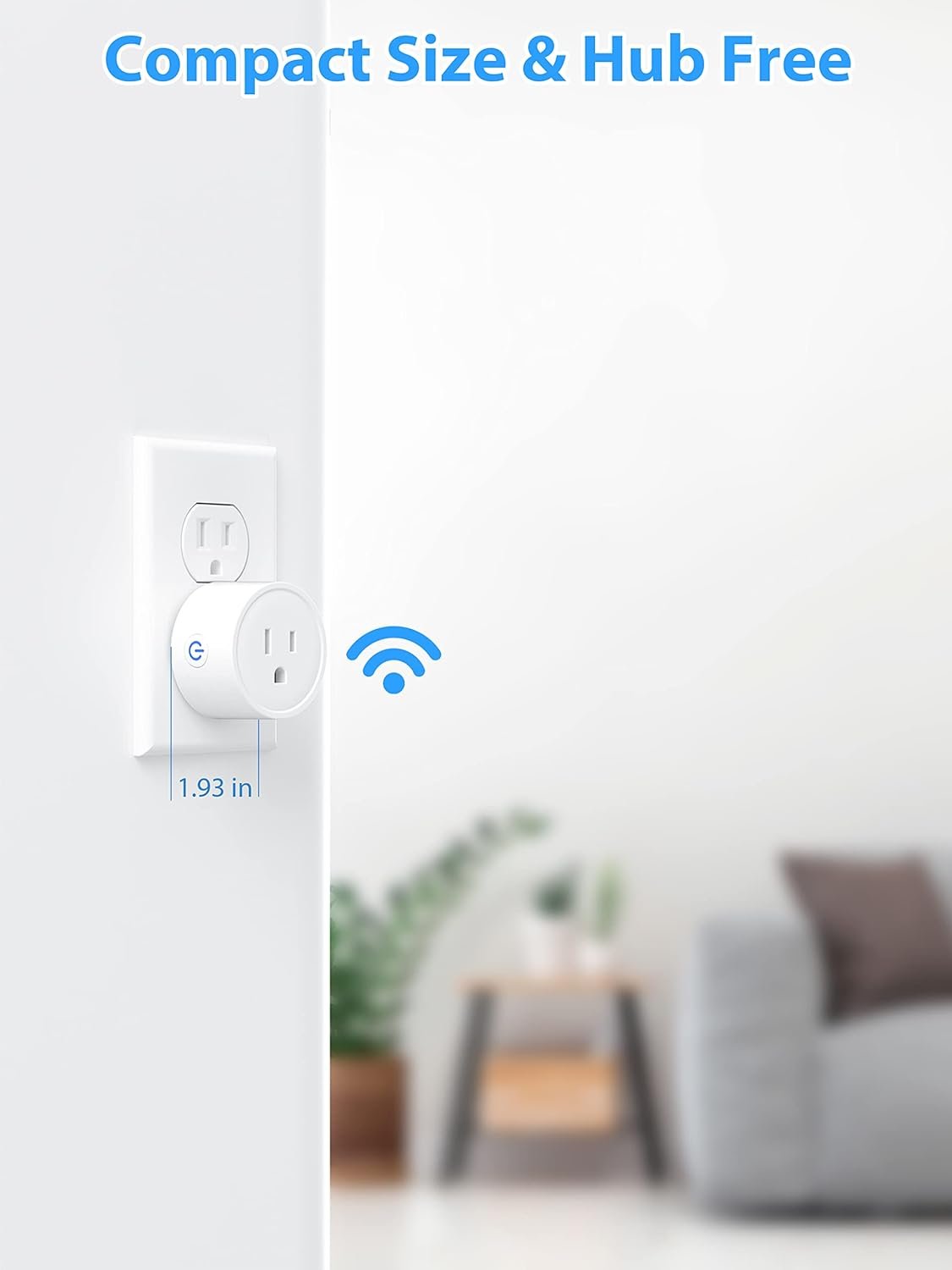Have you ever wondered how smart home devices can ease your daily chores and improve your home maintenance routine? In an era where technology continues to advance at a rapid pace, it’s no surprise that our homes are becoming smarter. But what does that mean for you as a homeowner, renter, or a tech enthusiast? Let’s explore the world of smart home devices together and uncover how they can streamline your home maintenance tasks and beyond.

Understanding Smart Home Technology
First things first, let’s clarify what smart home technology is all about. At its core, smart home technology refers to devices and systems that automate or remotely control various functions in your home using the internet. These can range from simple smart bulbs that you can control with your smartphone to sophisticated systems that manage your security, heating, and even energy consumption.
What Are Smart Home Devices?
Smart home devices are essentially gadgets designed to elevate your home’s functionality and efficiency. They interact with one another through a network, often controlled by a central hub or a smartphone app. Popular categories include smart speakers, thermostats, lights, security cameras, and home assistants. The key benefit is the ability to monitor and control these devices remotely, offering convenience, security, and oftentimes energy savings.
The Growing Appeal of Smart Homes
Why are so many people turning to smart homes? For starters, smart devices can save you time and effort by automating daily activities and providing solutions that simplify life. They also enhance your home’s security and energy efficiency. For tech enthusiasts, there’s the additional allure of integrating the latest innovations into their living spaces, while real estate investors see smart homes as a way to increase property value.
Cost and Value Considerations
One of the main questions people have is related to costs. Investing in smart home technology can vary significantly in price, so it’s important to weigh the initial costs against the long-term benefits and potential savings.
Installation Costs Versus Long-term Savings
Smart home devices can range from budget-friendly to high-end. Installation costs depend on the complexity of the setup and the type of devices you choose. However, many smart devices, such as smart thermostats, offer significant energy savings over time, which can offset initial expenses. It’s about balancing upfront investments with ongoing savings and conveniences.
Return on Investment (ROI)
Considering ROI is crucial, especially for homeowners and real estate investors. By improving energy efficiency and security, smart home devices can lead to lower utility bills and potentially higher property valuations. As smart technology becomes more mainstream, homes equipped with these features may command higher prices.
Practical Setup Guides
Integrating smart devices can seem overwhelming, but with a step-by-step approach, it becomes manageable. Here’s a guide to help you get started.
Selecting Smart Home Devices
Begin by assessing your needs. Do you want to improve security, enhance energy efficiency, or automate daily tasks? Once you’ve identified your priorities, you can research devices suited to your goals. Reading reviews and comparisons can help you find the best options within your budget.
Installing and Configuring Devices
Many smart devices are designed for straightforward DIY installation. Follow the manufacturer’s instructions closely, which typically involve downloading an app, setting up an account, and connecting the device to your Wi-Fi network. For more complex systems like smart security, professional assistance might be worthwhile.
Maintaining Your Smart Ecosystem
Maintenance largely involves ensuring your devices have the latest firmware updates for optimal performance and security. Regularly checking the app for your devices will help you manage updates and troubleshoot any issues.
Security and Privacy Factors
A common concern with smart home technology involves security and privacy. As these devices are connected to the internet, it’s essential to ensure they are secured against unauthorized access and breaches.
Potential Risks and Safety Features
While no system is immune to hacking, smart devices often come with built-in security features. Use strong, unique passwords for your device accounts, enable two-factor authentication when available, and regularly update device software to protect against vulnerabilities.
Best Practices for Secure Smart Homes
To safeguard your privacy, consider creating a separate network for your smart home devices. This limits access to your main network, reducing potential risks. Also, be aware of data collection practices associated with your devices, and adjust settings to meet your comfort level regarding data usage.

Energy Efficiency and Sustainability
Smart home devices are not only about convenience; they also play a significant role in improving energy efficiency and promoting sustainability within your home.
How Smart Devices Reduce Energy Consumption
Devices like smart thermostats, lights, and plugs can significantly reduce energy usage by allowing precise control over your home’s energy consumption. For example, smart thermostats learn your routines and adjust heating and cooling automatically, which can lead to significant savings on your energy bills.
Sustainable Living with Smart Technology
In addition to cost savings, these devices contribute to a more sustainable lifestyle. By minimizing unnecessary energy use, smart homes help reduce your carbon footprint, aligning with broader environmental goals.
Compatibility and Connectivity
When setting up your smart home, one of the key considerations is ensuring that your devices can work harmoniously together.
Interactions Between Various Platforms
Your devices should be compatible with each other and any central hubs or platforms you choose to use. Many smart devices are designed to work with platforms like Amazon Alexa, Google Assistant, or Apple HomeKit, allowing for seamless integration and control.
Choosing the Right Hubs and Assistants
Select central hubs or voice assistants based on the devices you have or plan to purchase. A compatible hub can act as the brain of your smart home, synchronizing your gadgets and providing easy voice or app control.
Future-Proofing and Innovation
The smart home landscape is continually evolving, so it’s beneficial to keep an eye on emerging trends and innovations.
Emerging Trends in Smart Home Technology
Technological advancements are leading to more intuitive and user-friendly devices. From AI-driven assistants to innovative energy management systems, the smart home industry is set to expand even further, promising new capabilities and improved user experiences.
Preparing for Advancements
To future-proof your smart home, consider systems that offer modularity and compatibility with emerging technologies. Regularly updating and revisiting your smart home strategies can help you take full advantage of new advancements as they become available.
Making Informed Decisions
Determining whether smart home technology is right for you involves weighing your goals, budget, and willingness to embrace new technology.
Aligning Smart Home Investments with Your Needs
Think about what you hope to achieve with smart home devices. Is it enhanced security, improved energy efficiency, or simply the thrill of cutting-edge technology? Mapping these desires to the devices that best suit them will help you make decisions that maximize your investment.
Budgeting for Smart Technology
Smart technology is accessible at various price points, which makes it possible for virtually anyone to enjoy its benefits. Even small changes, like smart light bulbs, can have a big impact. Prioritize your needs and start small, scaling up as your confidence and budget allow.
By integrating smart home devices into your living or investment property, you open the door to greater convenience, efficiency, and sustainability. With informed choices, strategic planning, and ongoing adaptation to new technologies, your home can become more comfortable, secure, and energy-efficient. Let smart technology take the guesswork out of home maintenance, allowing you to enjoy the benefits of modern living with ease.




